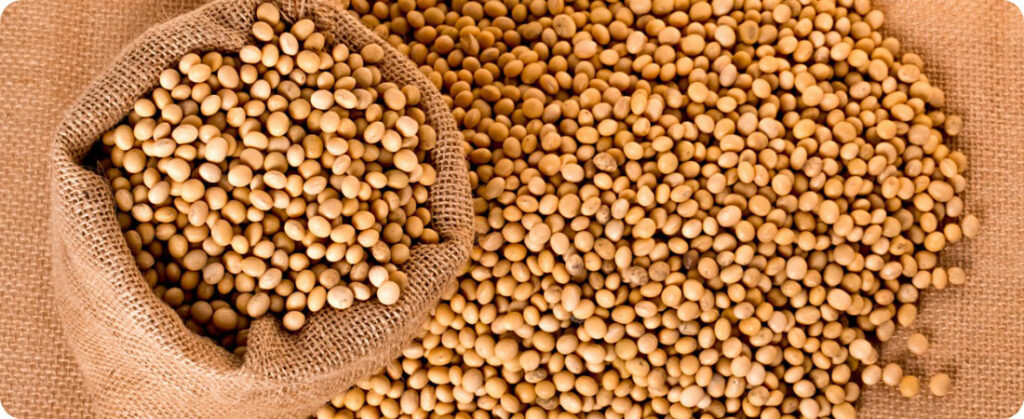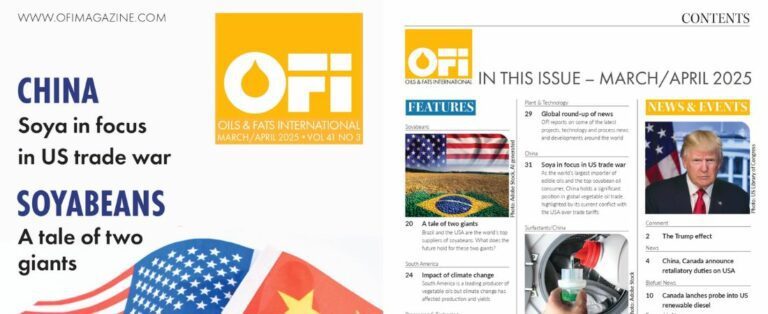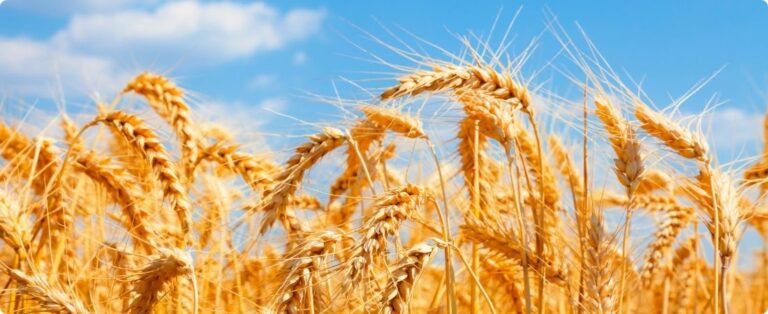
Preparation for planting soy in Brazil's main producing regions are at the mercy of the climate, according to the latest bulletin from the National Supply Company (Conab). While in some states the conditions have cooperated, in others, climate variations have been a barrier for the farmer.
In Mato Grosso, the rains have favored planting, especially in areas with sandy soil. However, regions in the South, Southeast and Northeast of the state still face a slower pace due to the lack of or highly irregular rainfall. It is a scenario that demands attention, since Mato Grosso is one of the largest soybean producers in the country.
In Goiás, the scenario is cautious. Sowing has begun, but at a slower pace than average. The concentration of activities has occurred predominantly in irrigated areas, a reflection of the need to manage water resources more efficiently.
Challenges and advances in grain planting: An overview across Brazilian states
Mato Grosso do Sul, in turn, faces irregularities and low rainfall, factors that have hampered not only planting but also the germination and initial development of plants.
In contrast to the Central-West states, Paraná experiences a slightly more complicated situation. Regions of the state saw planting interrupted due to excessive rains, but even so, planting advanced, reaching 20% of the area planned for sowing. Despite the setbacks, producers have been adjusting their schedules to overcome adverse conditions.
In Minas Gerais, with the end of the sanitary void, planting operations began. But due to the irregularity of rainfall, the first advances occur in irrigated crops.
The same goes for Rio Grande do Sul, where the first crops are also being implemented after the end of the sanitary vacuum, with most areas in preparation to receive the seeds, excessive rains are the biggest challenge in the coming days.

Regarding the progress of sowing, the bulletin shows that in the aggregate of the 12 monitored states, the scenario is almost balanced: 10.1% of the area was sown, close to the 11.0% of the 2022 harvest and an increase in relation to the 4.1% of the week previous.

Mato Grosso, the largest soybean producer in the country, recorded an advance in sowing, going from 5.2% in the previous week to 19.1%. However, this number is lower than the 22.3% recorded in the same period of the 2022/23 harvest, showing that the state is behind in this cycle.
Following this scenario, Mato Grosso do Sul also shows a delay. With 8.0% of planting carried out until October 7th, the state is behind the 17.0% registered in the same period last year. This is partly due to climatic difficulties that have affected planting and plant development.
Comparative analysis of progress in Brazil
The state of Goiás records 5.0% of sown area, which is in line with the percentage of 5.0% from the previous harvest for the same period. In Minas Gerais, the latest figure is just 0.4%, lower than last year's 2.5%, signaling a delay in operations.
São Paulo surprises with a jump from zero to 15.0%, a variation that draws attention. This number is significantly ahead of the 5.0% recorded in the 2022/23 Harvest.
In Paraná, sowing is at 20.0%, compared to 15.0% in the same period last harvest and compared to the 16.0% recorded in the previous week, which also indicates an advance.
In Santa Catarina, the scenario is one of delay, with 6.0% of planted area in contrast to the 16.7% in the same period in the previous harvest.
In Bahia, the sowing percentage was 2.0%, remaining at the same level as the index recorded in the 2022/23 Harvest.
Source: Seane Lennon | agrolink















